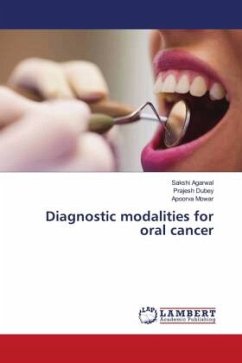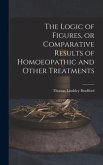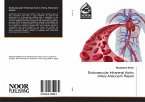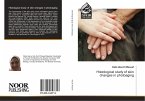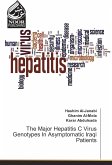Varicose veins (VV) could be a handicapping condition which may lead to limb swelling, pain and venous stasis ulcer due to chronic venous insufficiency (CVI). This condition basically originates from incompetence of great saphenous vein, small saphenous vein or both. Prevalence of CVI can occur up to 40% of women and 17% of men, while the varicose veins could present from 1% to 73% and from 2% to 56% at women and men respectively1 . Chronic venous disease (CVD) extensively presents in western countries among adult age groups; where it is less than 10% at age younger than 30 years and rises at age above 70 years to be 57% and 77% at men and women respectively. The most advanced form of CVD, which is properly named as CVI, accounts for 20% of CVD at elderly patients. This advanced stage could lead to chronic venous ulcer (CVU) which represents 70% of all lower limb ulcers and consequently lead to decreased quality of life (QOL) and significant economic burden2.
Bitte wählen Sie Ihr Anliegen aus.
Rechnungen
Retourenschein anfordern
Bestellstatus
Storno


